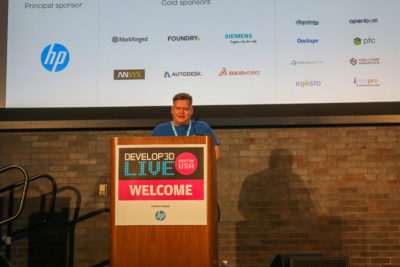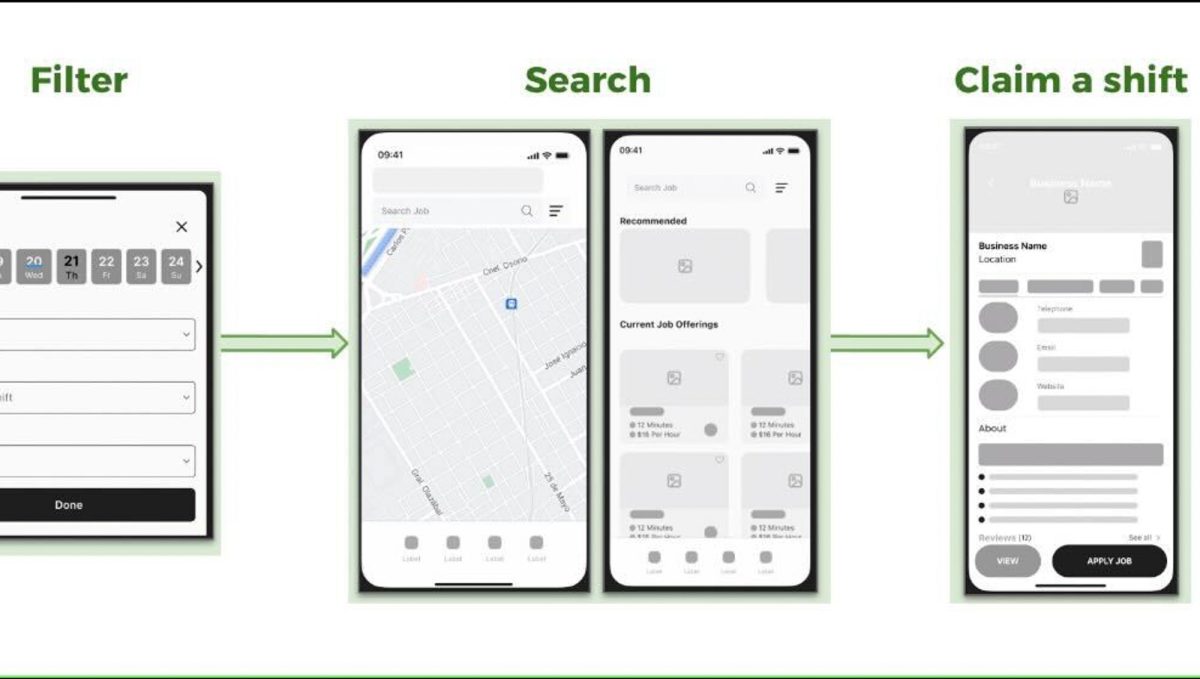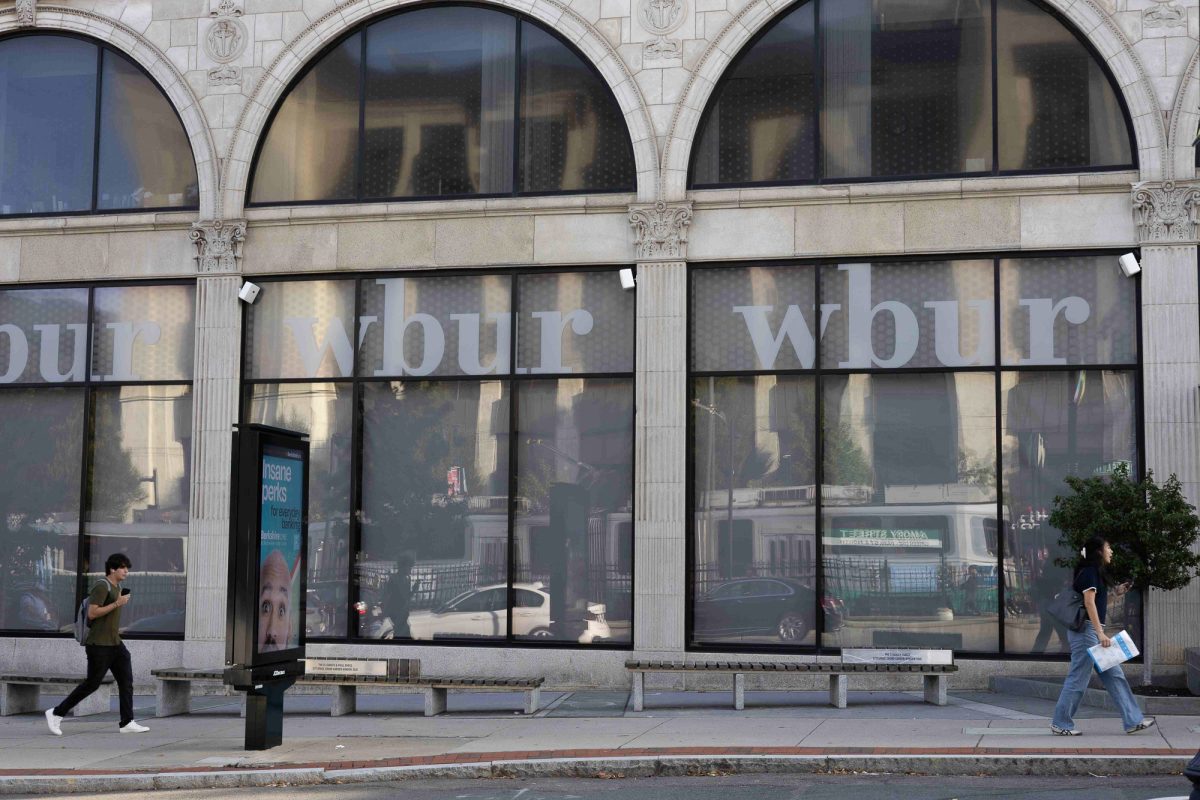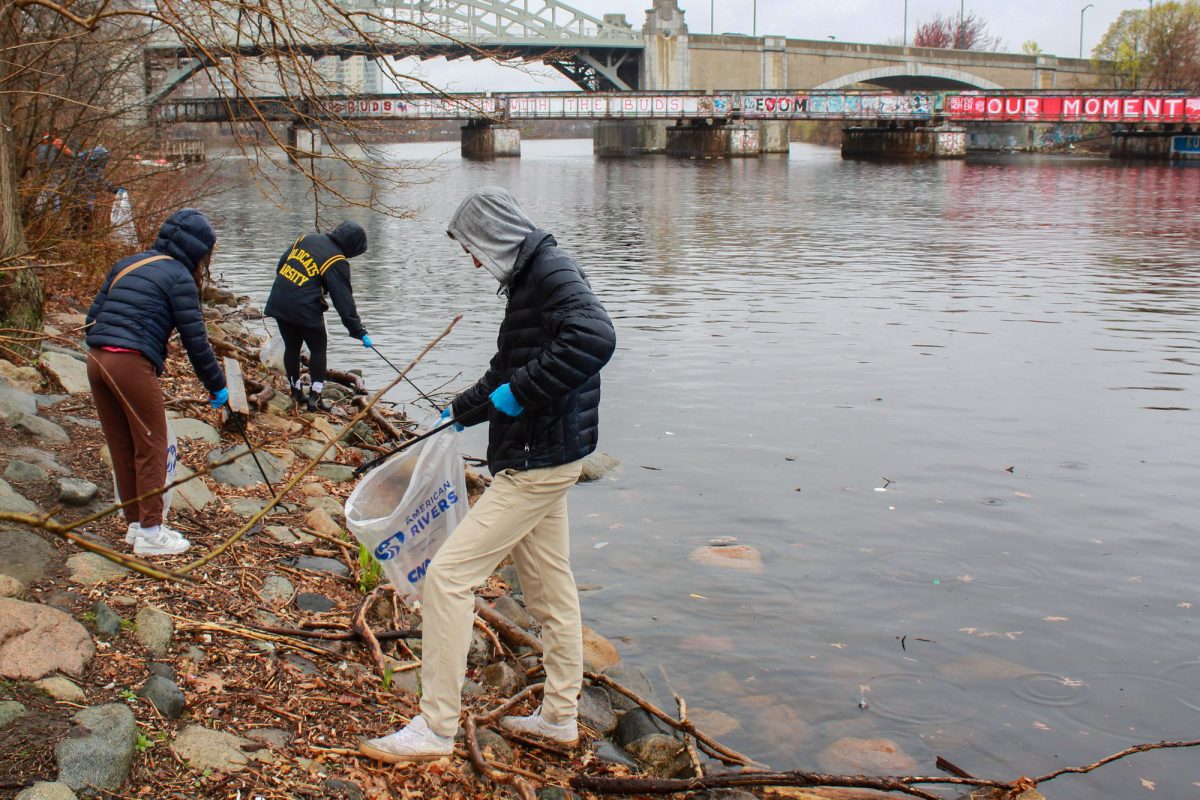
Most major companies do everything in their power to ensure that they keep up with quickly advancing technologies, and Develop3D is a magazine that aids them in the quest to do so.
Develop3D’s latest venture in this regard was the Develop3D Live conference and exhibition that they held at the George Sherman Union at Boston University on Monday and Tuesday. The conference hosted over 20 guest speakers and featured an exhibition of companies displaying technology that helped accelerate product development and manufacturing rate by using different types of 3D visualisation and printing techniques.
Al Dean, the editor-in-chief of Develop3D, said the magazine itself started in 2008 in Europe but soon spread out its readership globally. Soon, they started planning and hosting events to showcase product design and technology to a wider audience, some of which were in attendance at the conference, Dean said.
“The purpose of the events is to talk about the technology and how it’s used,” he said. “So we’ve got a mix of people that develop the tools and the people that use it.”
He further explained that the purpose of the conference was similar to the vision they had in mind while starting the magazine.
“We like to tell stories about how technology is used and the people that use it to develop products,” Dean said. “It’s basically a set of tools that you can use to experiment with your ideas.”
Donna Wright is the senior marketing manager at Siemens, a company that focuses mainly on engineering and manufacturing. She said the conference was the perfect place to display their product, Solid Edge, which helps develop and visualise what a finished product will look like before the manufacturing process started.
“Develop3D are very technologically savvy themselves, so the reporting that they do and the folks that follow them tend to be folks that are really technology enthusiasts,” Wright said. “They’re always looking for the latest and greatest ways to improve how products are designed and innovated. So we were very happy that they came to Boston actually.”
The speakers at the conference presented multiple approaches to understanding the concept of 3-D visualisation. Chris Cheung, the co-creator of Mighty Dynamo, gave a talk that explored the broad sense of design and how that matters to businesses.
During his presentation, he spoke about his thought process and even the lack thereof.
“It’s not that I know I have a process, it’s that I’m confident I can make one for the situation I’m in,” Cheung said to the audience.
However, when his process doesn’t work out, he drew a culinary comparison in how he deals with adversity in his projects during his presentation.
“I sometimes compare myself more to chef now than a designer … and when I look at the problems we have, sometimes you can make up for a s****y dinner with an amazing dessert,” Cheung said to the audience.
The event presented an opportunity for students to learn more about the technology developing in the world around them, however there weren’t many of them to take advantage of it. Jonathan Hale, a graduate student at BU College of Engineering, said that he learned a lot at the event and wished other students took advantage of it like he did.
“Honestly, it’s been the best event I’ve been to at BU so far so it’s a shame that there aren’t more students here to ask more questions,” Hale said.
He went on to say that BU should definitely advertise the event more to students.
“It’s weird that such a big and interesting event is here that a lot of students would be interested in but nobody knows about it,” he added.
David Van Daalen Wetters, another graduate student in ENG, who was present at the event, described how fascinating he found the conference to be in a low stress environment.
“We got to talk to the companies, and we weren’t trying to impress them or anything like that; we were just talking to them about the technologies itself,” he said. “It was far more beneficial than the career fair where … you kind of feel like you’re under this pressure to give out a good impression, and here we got to talk to them about exactly what they were doing and it was far more engaging in some ways.”
Samantha Drysdale contributed to the reporting of this article.






















































































































